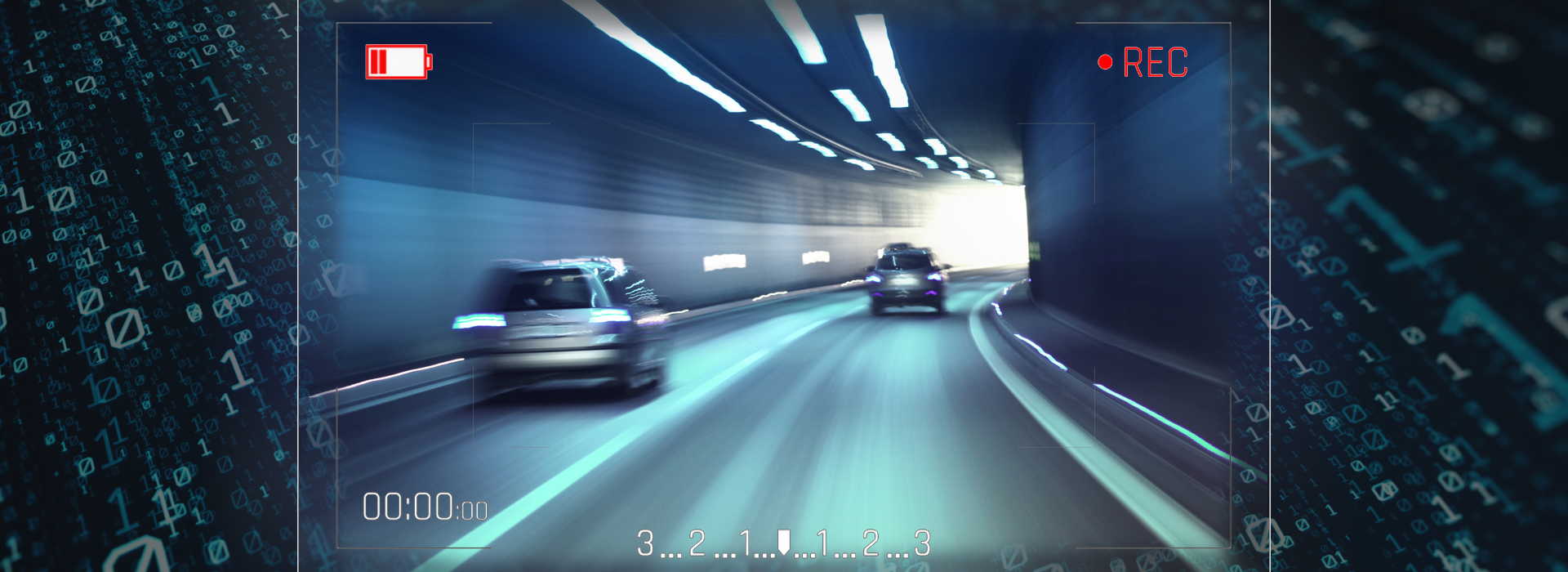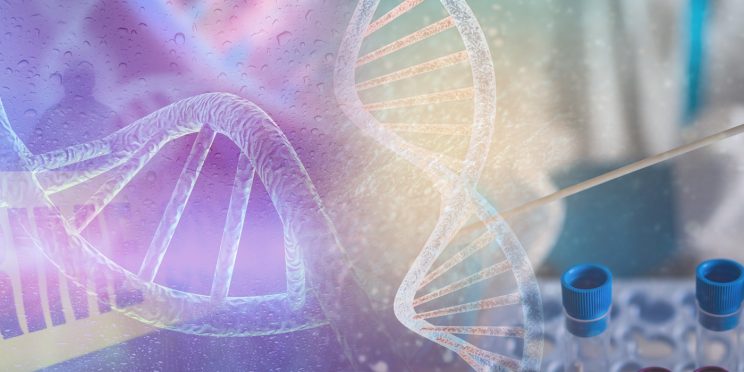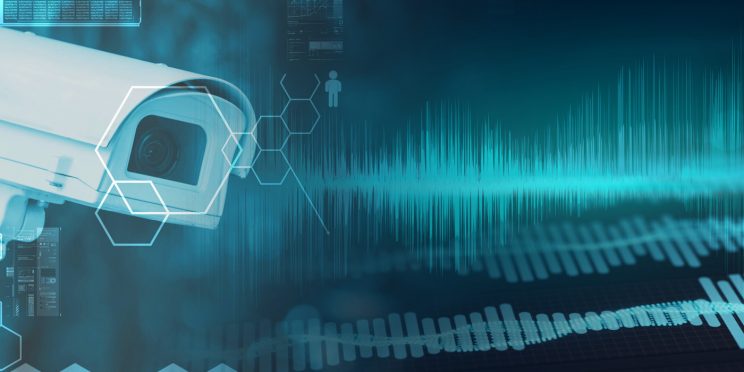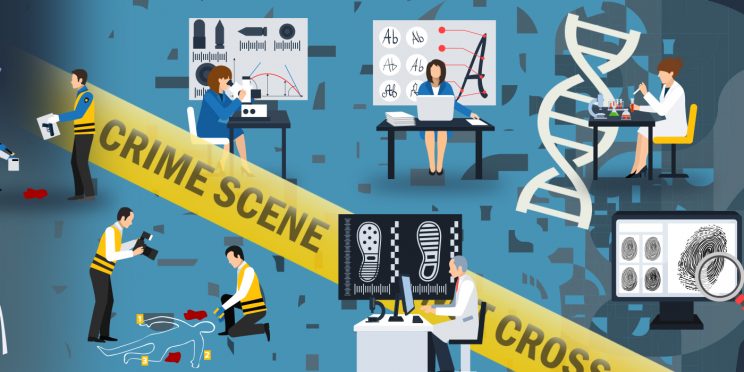National Institute of Justice and Synercon Technologies
Date
December 2017
Overview
Event Data Recorders (EDRs) are available in commercial vehicles. EDRs store relevant information about operation and other environmental variables. These devices contain content that support criminal investigations involving commercial vehicles; these investigations include vehicle crashes, speeding, drug trafficking, manslaughter, aggravated homicide, and even acts of terrorism. However, the data extraction process uses original equipment manufacturer (OEM) software that is designed for vehicle maintenance, not forensic use. The downloaded data can be easily overwritten, presenting challenges when evaluating data integrity and validity for evidentiary use. Also, when an EDR is damaged, extracting data can create new fault codes that are completely unrelated to the event of interest. Preserving and extracting the evidence contained in EDRs, while ensuring data integrity, is critically important for any criminal prosecution. Dr. Jeremy Daily and colleagues at the University of Tulsa have developed and commercialized new technologies that provide the ability to retrieve forensically sound data from EDRs. The technologies were developed under NIJ-funded award 2010-DN-BX-K215; these technologies enable law enforcement to acquire digital forensic data from commercial vehicles faster and more reliably than older technologies.
Impact
“The Synercon Smart Sensor Simulators are not only a forensically sound way to download digital evidence from electronic control modules, they are also a time-saving and safer way to collect this data from a wrecked heavy vehicle that has been involved in a crash.”
- Scott E. Skinner | Sergeant (Retired), Oregon State Police
Funding for this Forensic Technology Center of Excellence success story was provided by the National Institute of Justice, Office of Justice Programs, U.S. Department of Justice.
The opinions, findings, and conclusions or recommendations expressed in this success story are those of the author(s) and do not necessarily reflect those of the U.S. Department of Justice.
Contact us at ForensicCOE@rti.org with any questions and subscribe to our newsletter for notifications.




